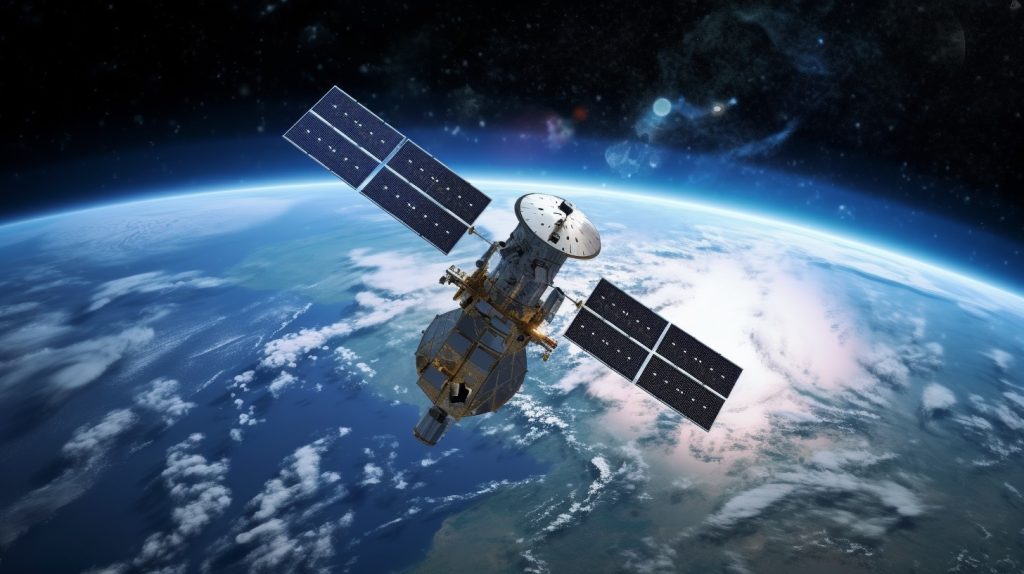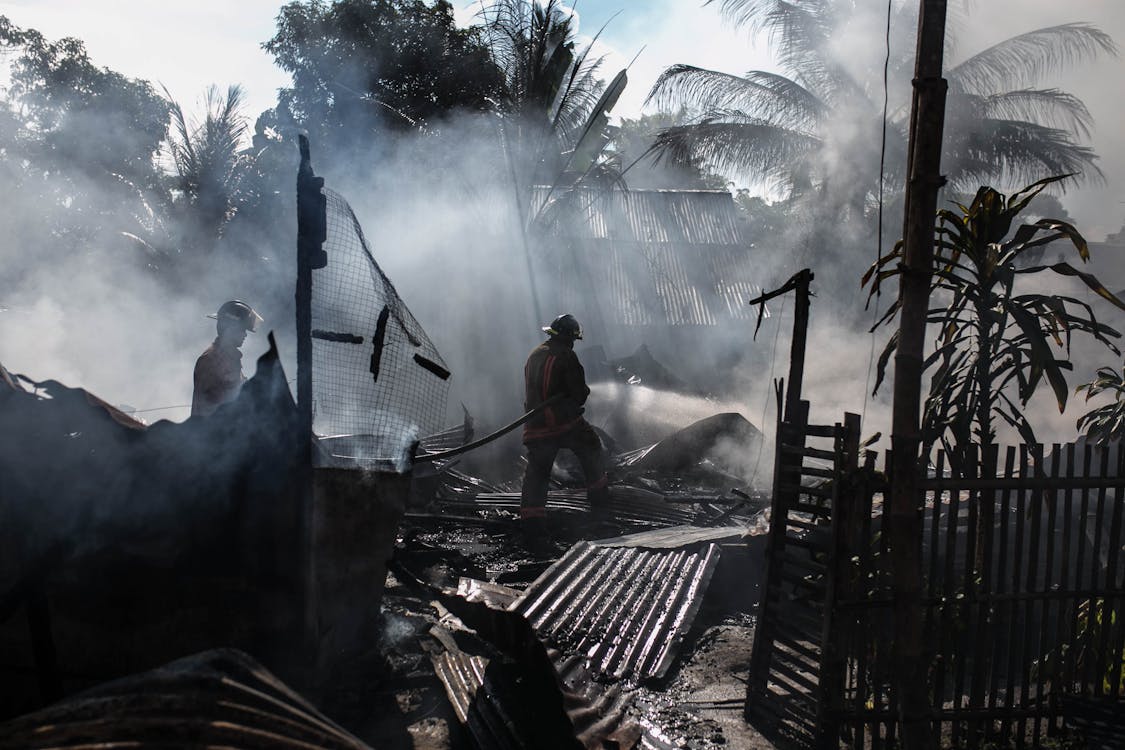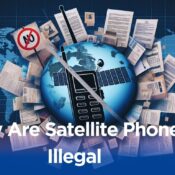
How Is Satellite Communication Crucial to Disaster Management?
Introduction
Disaster relief is a common word you will hear on television or read in virtual newspapers. The content talks about emergency preparedness and how the authorities are moving forward with their strategy so everyone returns to normalcy. Contrary to popular belief, natural disasters are manageable. Satellite communication and Disaster response technology work together to realize the shortcomings. Moreover, it also leads to prioritization of resources. Here is the perspective
The link between the satellite and natural disasters
Satellites are crucial in emergency preparedness for natural disasters. They are used in effective management during and after earthquakes, tsunamis, and volcanic eruptions to minimize damage. In addition, the satellites also offer a bird’s eye view for excellent disaster relief. While the staff supervises the ground damage, the satellite monitors the atmosphere. It will also warn of future disasters.
Satellite communication uses images, pictures, and data-driven research to identify the most risk-affected areas. The technology will study the disaster extensively and assess the damage as well. For example, the California National Guard has used emergency communication systems for five years to prevent and combat wildfires. The technology allows authorities to develop proper strategies to protect the public.
Disaster communication also becomes necessary in other scenarios, such as floods and storms. The satellites can predict future trends and flow. As a result, resources can be put in place before the situation worsens. The satellite will also provide updated images of roads, dams, bridges, and other infrastructure that the unfortunate disaster managed. Subsequently, the authorities can shift their resources to the most damaged areas.
Satellites minimize response time for public well-being
Disaster response technology is widely used in managing natural phenomena. It saves time and saves thousands of valuable lives. Authorities are dedicated to improving emergency preparedness. Thus, they are adapting satellites to reach remote areas where infrastructure is inaccessible. The team now has updated data about roads, structures, and terrains. Thus, they can adopt the best route to reach the people before disaster strikes.
Experts also use digital maps and 3D technology for disaster relief. United Nations research shows that more than seven thousand disasters have occurred in the past few years. 1.23 million lost their lives, and their economies suffered huge damage of $2.97 trillion.
When the damage is this substantial, satellite communication provides real-time information for the authorities to guide the public to safe areas. Furthermore, the maps are also excellent for recognizing fallen power lines. Maps will highlight floods, wildlife, and other dangers so the response team can do their job well.
Emergency communication systems work alongside the satellite to study the weather too. It prepares the authorities for oncoming natural disasters. The technology lets the response team monitor floods and storms from the other end of the country and their impact on the local area.
Satellites offer real-time information
Some natural disasters come and go. On the other hand, some take hours and weeks to develop. Common examples are hurricanes and wildfires. When a natural disaster is enroute, satellites will highlight its trajectory. Engineers, weather experts, and scientists use disaster communication systems to study their intensity, influence, and change of locations.

Link: https://www.pexels.com/photo/silhouette-of-fireman-holding-hose-942560/
Nowadays, disaster response technology is very high-tech. The tools offer high-quality images which display the tiniest detail very clearly. As a result, the team can study the disaster in real-time. It saves time, money and results in efficient allocation of resources.
In contrast, satellite systems also prevent the spread of misinformation about natural disasters. It can put the rumors to dust which may confuse the general public. Gossip related to natural disasters can quickly worsen law and order situations. It can lead to riots and unrest. Therefore, the updated data allows for better emergency preparedness.
Disaster relief teams can coordinate and communicate regardless of the geographical boundary. They can allocate resources based on need and urgency rather than guesswork. Moreover, the strategy reflects well on the government and its forward-thinking to mitigate disasters. Lastly, satellites can also be used to study the impact of natural disasters in the long run. The data is helpful to biologists who wish to learn more about the ecosystem. The financial minds will identify its impact on the economy as well.
Satellites supervise the transfer of aid and assistance
The recent Coronavirus pandemic halted the global economy. Poverty grew because it adversely affected different economies from around the world. Many countries offered humanitarian aid to the most affected regions to combat the displacement. It ensured survival and resulted in better trade bonds too. However, there was one overlooked element:
Satellites were used to collect information about the distribution of aid. The technology ensures that the medical equipment, food, and other elements have reached the intended population. At the same time, emergency communication systems are updated with the latest terrains. The team on the ground will collect real-time information about the population. In the next step, data scientists will segment the information based on gender, age, disabilities, and other parameters, allowing them to learn more about the economy.
Besides disaster communication, satellites help plan too. They will study the movement of vessels in the sea. Satellites are a responsibility-check that the aid is properly distributed to the less fortunate regions. If there are challenges, the technology will identify logistical issues. Economists can improve supply chain issues for the future.
Warning before the disaster strikes
Disaster response technology will warn the authorities before the disaster. This is done in several ways. The satellites study the environment and weather. The orbiting technology also makes notes of ocean and soil texture. As a result, the satellites predict earthquakes, floods, and tsunamis.
Emergency preparedness is made better by studying the earth from every perspective. It will detect natural disasters, temperature changes, and wind directions. Moreover, the satellite will also collect seismic data to predict tsunamis. As a result, the authorities have sufficient time to prepare and implement evacuation.
Time to Wrap up the Discussion
With advanced satellites and emergency communication systems, the authorities can save valuable lives before natural disasters wreak havoc. It leads to successful immigration of the affected with minimum challenges. Moreover, the strategy also reduces the damage significantly too.




